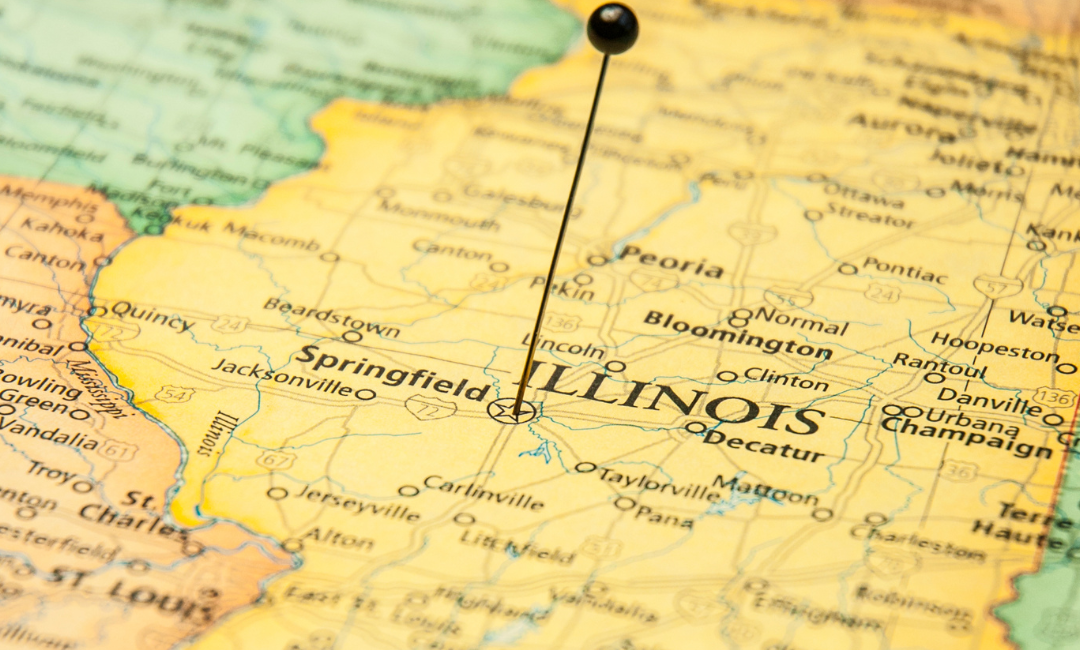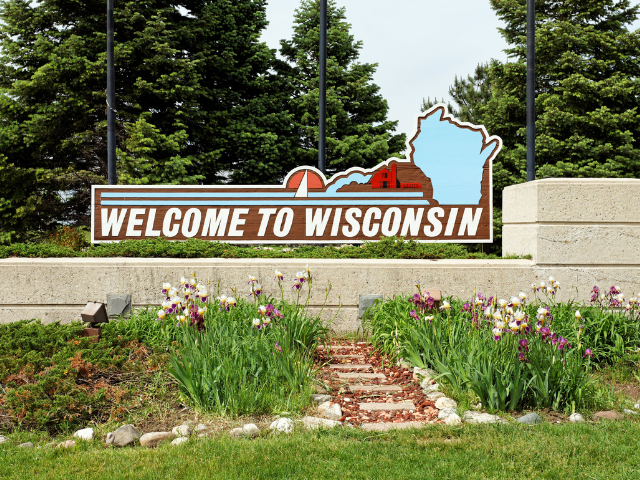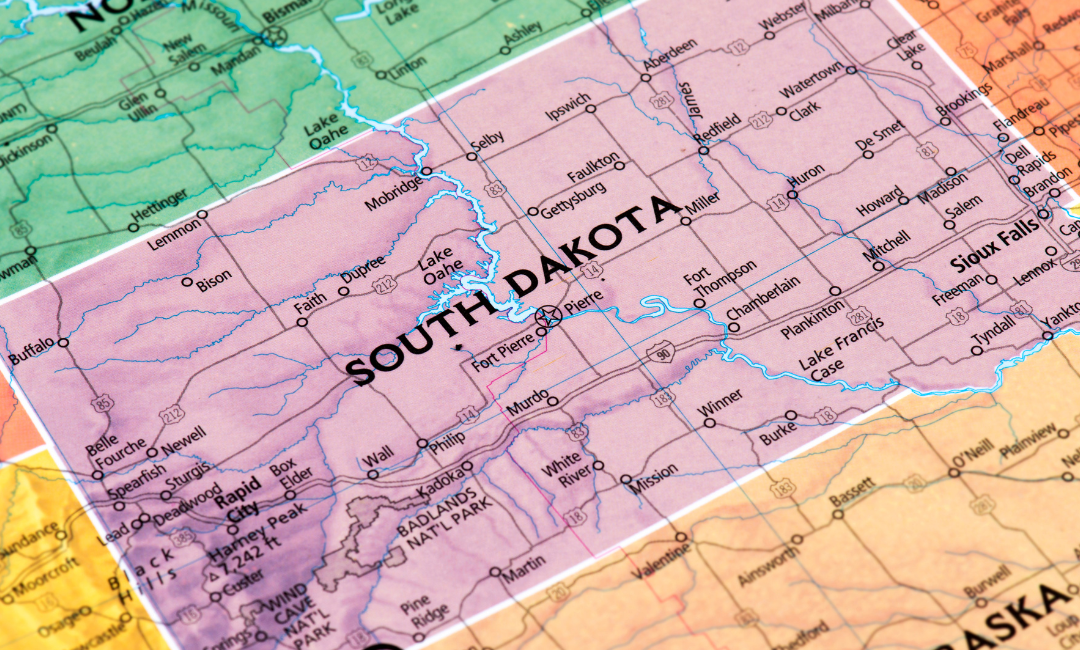Wisconsin APRN Salary and Job Outlook
Wisconsin has 5,210 employed Nurse Practitioners (NPs), 950 nurse anesthetists, and 140 nurse midwives. Wisconsin NPs, many of which are employed in the Milwaukee-Waukesha-West Allis area, make a yearly salary of $128,000, closely matching that of the national average. Nurse midwives in the state make an average yearly salary of $129,000 – also close to the national average. Wisconsin nurse anesthetists, however, are paid exponentially higher than the average nurse anesthetist in the U.S. – about $34,000 more per year.
Nationally, average APRN salaries include $126,000 for NPs, $130,000 for nurse midwives, and $213,000 for nurse anesthetists. APRN jobs in the U.S. are expected to grow 40% by 2033, which is much faster than the average growth rate of most jobs.
Not every graduate nursing degree is an APRN degree. APRNs serve in advanced clinical roles and diagnose patients. Nurse educators, administrators, informaticists, researchers, clinical nurse leaders, and public health nurses may also hold graduate nursing degrees but are not considered APRNs. Scholarships are available to Wisconsin RNs interested in these roles as well.
Wisconsin APRN Tuition Costs
Although Wisconsin ranks 20 out of 50 for the most affordable states to live, some regions within the state have a much higher cost of living than others. For example the Milwaukee and West Allis region, which has a higher cost of living than many other areas of the state. Since this region employs a greater number of NPs, nurses who live in this area and want to become an NP might find managing living expenses and the cost of tuition somewhat challenging.
Wisconsin tuition for graduate nursing programs can cost up to $9,000 per year at public institutions. Should you choose to attend a public school out of state as a Wisconsin resident, tuition costs can be even higher. These numbers do not reflect tuition costs at private institutions. Neither does it include costs for books, uniforms, and equipment for clinical training like stethoscopes, second-hand watches, and pen lights.
While these numbers can be intimidating, scholarships can cover some if not all costs of returning to school, especially if you apply for multiple ones. Keep in mind that some scholarship sponsors may require you to be a member of a nursing organization before you can apply. Fortunately, some membership dues are as low as $80 per year, and you’ll have access to other membership benefits like free continuing education credits, job boards, retailer discounts, and more.









